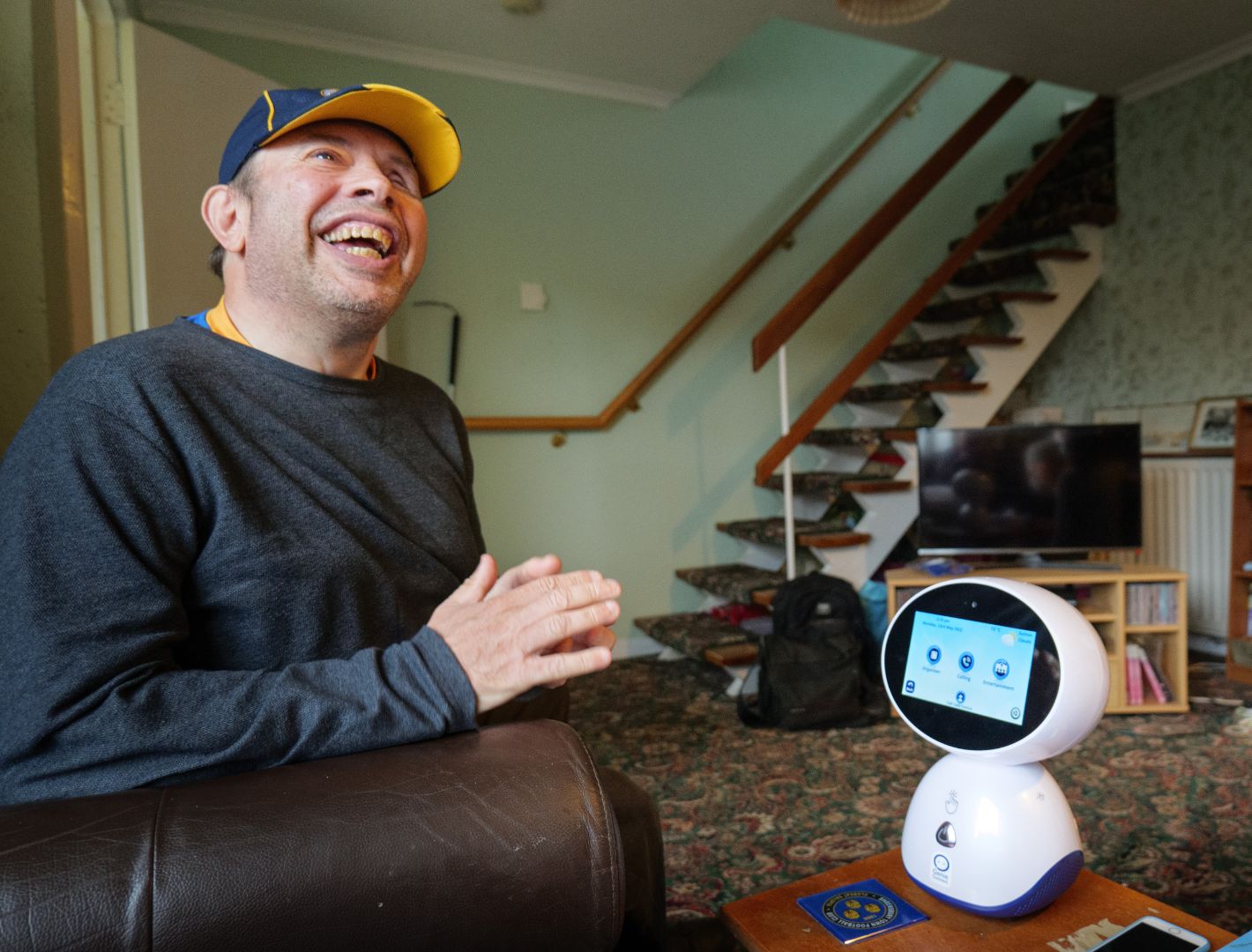Accelerating NHS discharge and alleviating care workers.
“Save the NHS”
24 NHS trusts reported a “critical incident” in the first week of January, which means they may not be able to provide urgent or safe services. NHS frontline services continue to come under intense pressure, with the latest performance statistics highlighting the increasing gap between the rapidly growing demand for care and the NHS’s capacity to respond.
The mantra to “save the NHS” has been echoed across the UK, but we only see the tip of the iceberg. Beneath the surface are many complex problems to be fixed, and it’s not one to be sailed past. We need decisive action if we are to stop and reverse the decline we are seeing in our most precious national resource. Let’s put down the metaphoric anchor and start chipping away before we experience another catastrophe of Titanic proportions.
Even before Covid-19, the health service struggled with staffing and demand issues, particularly during the colder months. One paramedic reported that “100 patients in Manchester” are stuck in hospital waiting to go home but cannot be discharged due to resource shortages in the social care services who will receive them.
Get comfortable. It’s a long wait.
December 2021 was a period of abysmal performance. Ambulance response times were longer last winter than in other recent winters. The average waits per month for people in emergencies, such as after a heart attack or stroke, ranged between 38 and 53 minutes last winter. Nearly 1.25 million attendances waited more than four hours before admission, transfer or discharge. The average delays ranged between 18 and 30 minutes the winter before and between 21 and 28 minutes the two winters before that. Many of the delays in ambulances attending emergencies are because they queue outside hospitals, unable to discharge their patients. They are effectively being used as temporary hospital ward extensions.
Unusually the health service has remained in crisis mode into the summer of 2022 due to persistent Covid admissions and the staffing crisis. Normally, this is the recovery period of the year. Winter 2022 will continue to be challenging due to the lack of social care resources, so where does this leave patients?
You can’t go home.
On average, over 11,500 patients per day were medically fit to go home yet cannot be discharged due to staffing shortages in social care. This includes patients waiting for spaces in care homes and people who may need visits from a carer in their own homes. On average, 10% of daily general and acute beds were occupied by a patient who was medically fit to leave. Over the winter period, the number of people deemed fit to leave the hospital but not discharged grew faster than those successfully discharged.

The finger is pointed at social care.
The NHS Confederation’s report, by 85% of NHS leaders, said the absence of a social care pathway is ‘the primary cause of a delayed discharge of medically fit patients. Meanwhile, the charity “Skills for Care” estimated that 165,000 job vacancies exist in the social care sector. The need to invest in the social care workforce, giving them parity with the NHS, has never been more urgent.
Where is the Integrated Care Service (ICS)?
The arrival of the ICS has been long heralded and then triumphantly announced to address precisely these types of problems, where the problem is caused by a disconnect between the NHS and Social Care services. 42 ICS’s have now been put in place and we await to see the impact they have set out to achieve.
Rob Parkes, CEO at Service Robotics Ltd
Finding proven methods of delivering some care remotely is game-changing for the care industry. “By doing this, we are enabling care providers to do what they tell us they want; to deliver more and better care“
The two-prong problem.
The cost of living crisis is exacerbating the problems in care. We can’t expect care staff to continue working in some of the most demanding jobs, mentally and physically, for mediocre wages. The solution must tackle the overwhelming factors care workers face and the cost of living. Additionally, focusing on improved care provision for home care will alleviate some of the pressure care homes currently face and free up precious space for hospital releases.
An obvious solution to the problems discussed is using Assistive Technologies to effectively increase the care sector’s capacity and optimise resource utilisation.

Join our Lunch & Learn webinars where we share insights and best practises for assitive technology in health and social acre.
